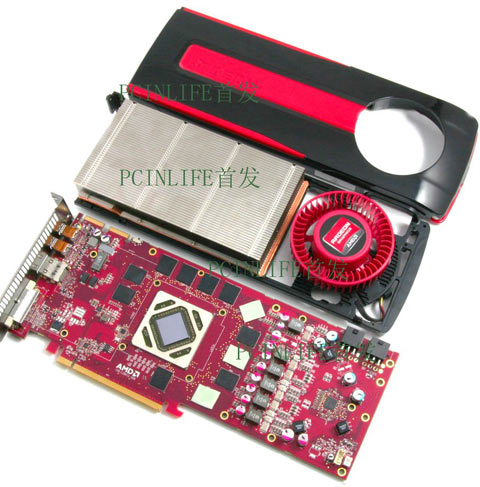Spare-Flair
Supreme [H]ardness
- Joined
- Apr 4, 2003
- Messages
- 7,471
... wouldnt the ideal solution be to use the stock base-plate for RAM / VRM cooling and your accelero for the GPU? Not sure if this is an option, or was, but i'm pretty sure it'd give you what you want / wanted.
It was possible with the 5850s but the 5870s had a not-separating baseplate design. Anyway, those cards are off topic from this discussion but they really taught me a good lesson on why VRMs are so important and why keeping them cool is so important these days. Core and memory temperature are almost just afterthoughts to me now. The key to stability and over-clocking is really cooling VRMs with modern bleeding edge cards. They are your weakest link.
![[H]ard|Forum](/styles/hardforum/xenforo/logo_dark.png)



